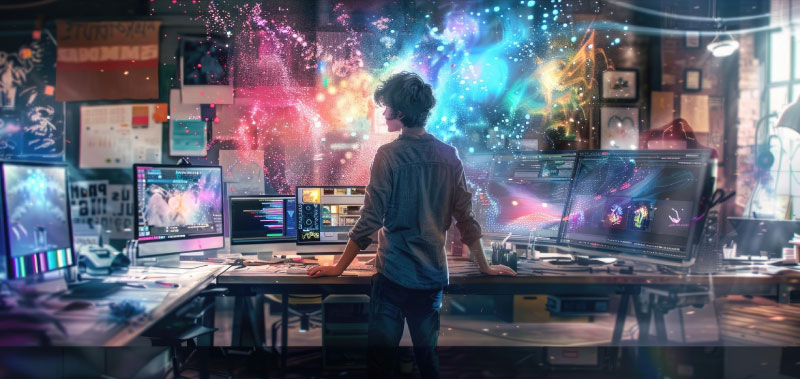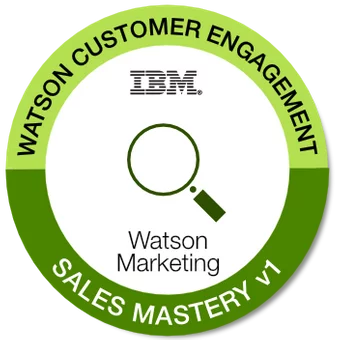![]()
Artificial Intelligence (AI) has revolutionized a wide range of industries, and graphic design is no exception. Today, designers can take advantage of AI-powered tools that help them work more efficiently and with higher quality, optimizing their efforts and enabling a more refined visual experience for their clients. This technology doesn’t replace creativity; it complements it by reducing repetitive tasks and enabling new capabilities.
1. Automation of Repetitive Tasks
One of the most direct benefits of AI in graphic design is its ability to automate monotonous tasks, such as background removal, resizing and cropping images, and selecting color palettes. Tools like Adobe Sensei can perform these tasks in seconds, saving time for designers to focus their creative resources on the more important parts of their projects.
Example: An agency that needs to resize hundreds of images for different social media formats can automate this process with AI, ensuring consistency in record time.
2. Image Editing and Optimization Improvement
AI also allows designers to make advanced and customized edits in seconds. This includes everything from color retouching and lighting adjustments to image quality enhancements. With the help of deep learning algorithms, it’s possible to analyze the content of an image and adjust it automatically to achieve better visual quality.
For example, an AI-powered tool can identify key elements in an image (such as faces or products) and automatically adjust them to improve visibility and contrast, achieving attractive, professional results without the need for human intervention in every detail.
3. Automatic Styling and Content Personalization
AI also enables the creation of unique visual styles through customization algorithms. This means that a designer can create a base design layout, which then adapts to different variations or styles, depending on the context and client preferences. Tools like Canva and Figma include automatic styling options that generate design variants, allowing designers to experiment with different approaches without starting from scratch.
Additionally, AI algorithms can analyze audience data to suggest patterns and styles that resonate better with the target audience, creating more personalized and effective content.
4. Time and Resource Savings
For designers working on high-volume projects or tight deadlines, AI is an essential tool. By reducing the time required to make adjustments or handle repetitive tasks, designers can take on more projects without compromising quality. This results in a benefit not only for creatives but also for businesses, as it increases efficiency and reduces costs.
A designer can complete a visual project in less time without sacrificing detail or quality of work. This allows businesses to receive their materials more quickly, and in many cases, at lower costs than with traditional methods.
5. Assistance with Creativity
While AI doesn’t replace human creativity, it acts as an excellent creative assistant. Tools like DALL-E, Midjourney, and others generate ideas, concepts, and inspirations that designers can personalize or develop further. This ability to «think outside the box» allows designers to explore new visual ideas that can enrich creativity and bring innovative projects to life.









